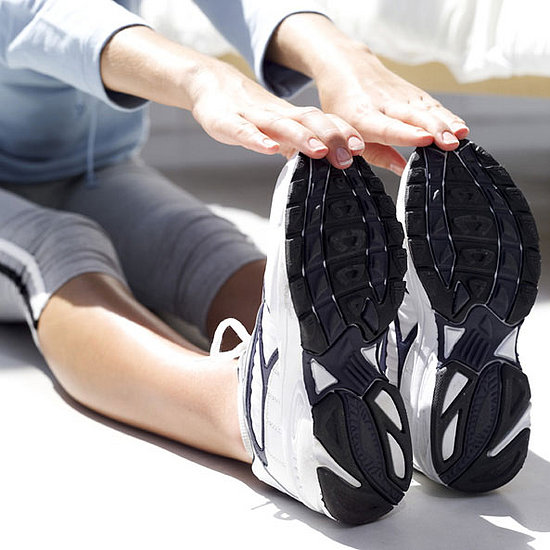In a recent blog post, I mentioned the growing acknowledgement of the importance of protein for physical performance. Much research published in recent years suggests that protein, long downplayed as a key nutrient for better performance, may play a larger role than previously thought.

But what about post-exercise? What should an active person consume after a hard workout to re-load and replenish, to minimize tissue damage, and to restore energy stores for the next workout? Once again, newer research is pointing to protein (as a part of a carbohydrate/protein blend of nutrients) as a key to recovery. Much of the research performed in the 1970s through the 1990s pointed to carbohydrate as the principle nutrient for exercise recovery, and I dont mean to minimize the benefits of carbs for active folks. However, many studies now indicate that a mixture of carbs and proteins (some say a 3:1 mixture of carb:protein is best, though the exact ratio is still open to debate) can more quickly convert an individual from the catabolic (or tissue breakdown) state that occurs during exercise to an anabolic (or tissue build-up and repair) state that is preferred during exercise recovery. High protein shakes and products of that nature are preferred by many athletes after a hard workout. They are convenient and they will provide carbs and protein. But one shouldnt forget real food either. Peanut butter and jelly sandwiches, chocolate milk and hard-cooked eggs are starting to gain favor with athletes as well. Products like these taste great, theyre familiar to most folks, and they deliver additional micronutrients (vitamins and minerals) that can aid in tissue recovery.
